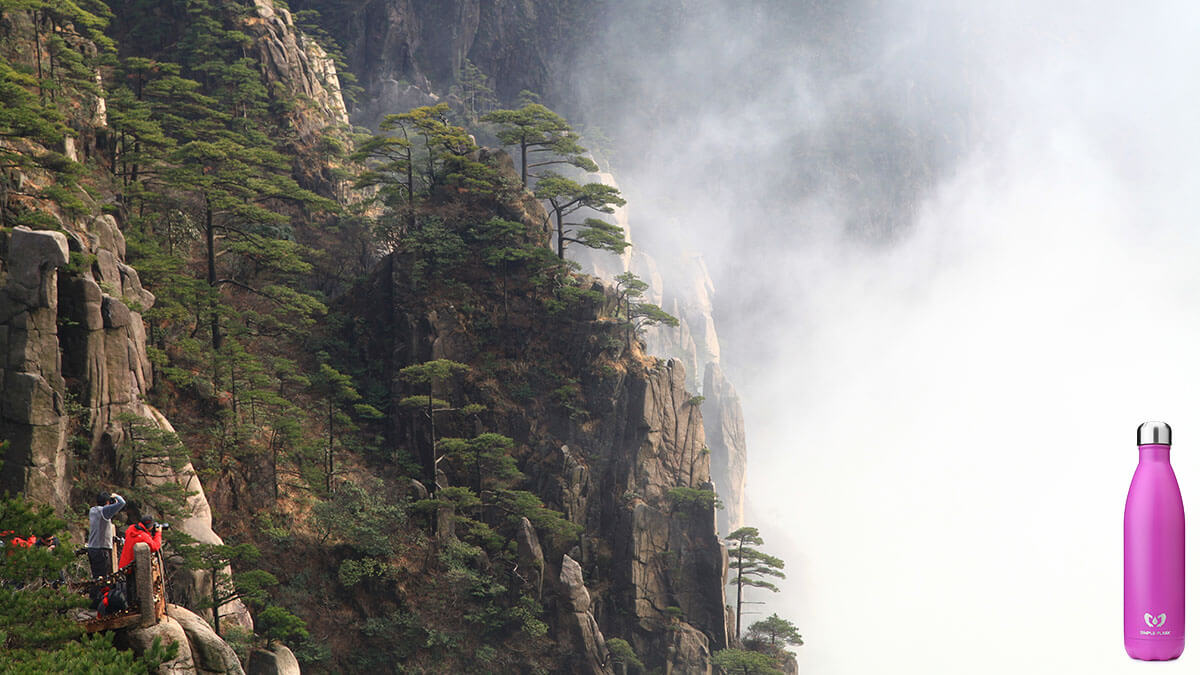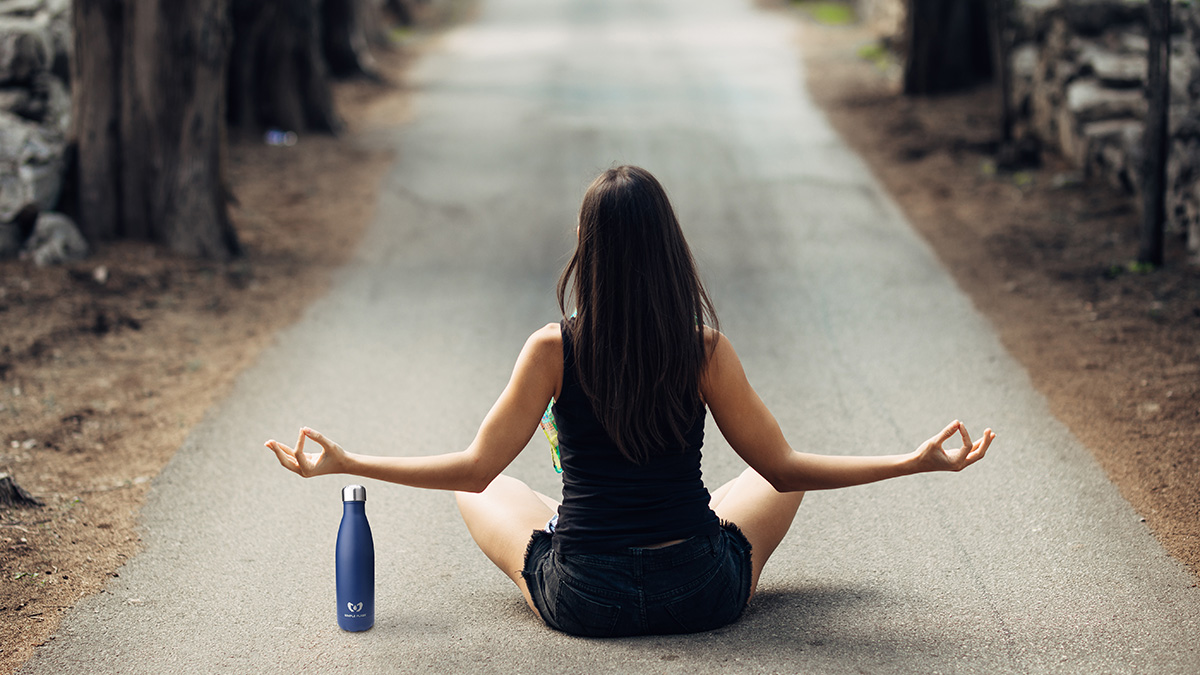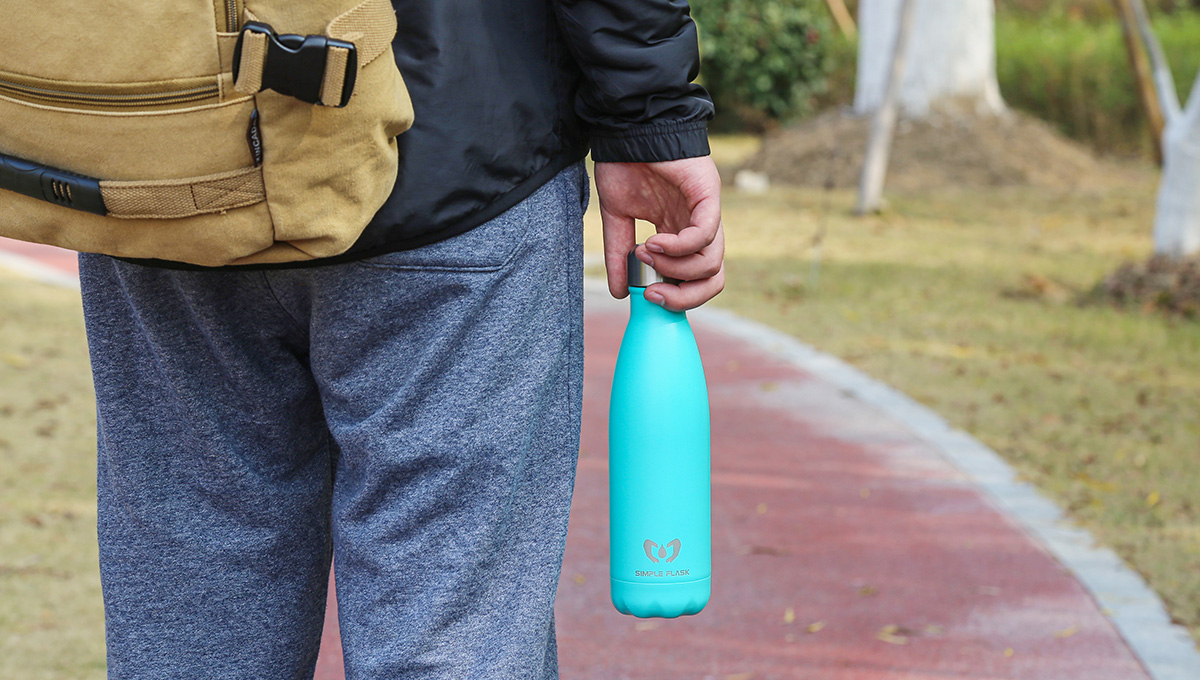In the warm spring, flowers are coming out with a rush, and it is really a good season to go out. As the call for “returning to nature” grows louder and louder, mountain climbing in the wild is becoming more and more popular. Because for the indoors workers who sitting at a desk all day, mountain climbing in the air fresh wild is one of the best motivations to rest. This way can make the original stress get relaxed and refresh the brain cells which like opening the sluice gates which obstruct the development of imagination. Mountain climbing is an excellent aerobic exercise. The air in the mountain is exceptionally fresh, which is very beneficial to improve lung ventilation, increase lung capacity and improve lung function. At the same time, it can also enhance the contraction ability of the heart.
However, for those of us who live in the city, mountain climbing is not our strong point. In order to avoid outdoor injury and better exercise, we would like to remind everyone to pay special attention to the following points:
- Keep yourself away from high intensity.
The intensity of mountain climbing should not be too high, and the heart rate should be maintained at 120-140 times/min. Mountain climbing is an excellent aerobic exercise, people generally exercise 2 ~ 4 times a week is appropriate. According to the determination of a man who weights of 70 kg, if he climbs on the slope of 70 degrees at a speed of two kilometers per hour for 30 minutes, his energy consumption is about 500 kcal, which is equivalent to swimming in a swimming pool at a speed of 45 minutes at the speed of 50 meters per minute or equivalent to having boring abdominal exercises in the gym for 50 minutes. Therefore, mountain climbing is especially popular with men who want to lose weight as soon as possible.
- It’s normal to not feel like eating.
Appropriate exercise intensity will increase the body’s brain pancreatin level, which has the effect of suppressing appetite and increasing the body’s heat production. Therefore, after climbing a mountain, you will often feel a decrease in appetite and a decrease in food intake. Studies have shown that in addition to energy consumption during exercise, mountain climbing also consumes energy for the oxidation of lactic acid and fatty acids in the body after exercise, and the recovery of glycogen reserves consumed by exercise. In addition, the endocrine changes and body temperature caused by climbing also make the metabolic rate at rest after exercise higher than before exercise. Therefore, the significance of exercise to shape your body is that it will maintain a high metabolism for a long period of time after an exercise, effectively reducing the accumulation of fat.
- Drink water before feeling thirsty.
Generally, people should choose the early morning as the best mountain climbing time. When exercising, we should pay attention to replenishing water in time. On the basis of satisfying thirst, we should drink more water appropriately or drink 400 ~ 600 milliliters of water for 10 ~ 15 minutes before exercise so that we can reduce the degree of water shortage when we are exercising. Beverage should choose to contain appropriate sugar and electrolytic degree (and had better choose to contain vitamin C) in order to reduce fatigue as soon as possible, restore physical strength. Since it’s easy to sweat while climbing a mountain, your body is already dehydrated when you feel thirsty, and the scientific way to drink water is to drink 400 to 600ml 10 to 15 minutes before climbing, which can reduce the dehydration during exercise. In the process of climbing, you should drink a small amount of water in several times. When you are extremely thirsty, you should not drink too much. You can drink one mouthful first, and swallow it slowly in your mouth, and then drink it later. You are also supposed to take along a vacuum insulate stainless steel water bottle, which will not only keep you hydrated while you climb, but also keep the water at the right temperature for you.
- Warm up before and relax after the exercise.
Because climbing mountain has a certain intensity, a certain amount of stimulation and a relatively large amount of exercise, you must prepare yourself before the climbing. You should make your muscles and joints move and increase the temperature of the body tissues. In addition, we said that the internal organs are inert, so you must give them a certain amount of stimulation before they can be mobilized, so that you will not be prone to accidents when you go climbing. When you start climbing and exercising, you must not increase the amount of exercise as soon as you come up. It is usually necessary to do some simple warm-up exercises first, and then gradually increase the intensity according to a certain breathing rate to avoid sudden changes in the breathing rate during exercise. At the end of the exercise, you could relax yourself for a while so as to better maintain the muscle group ability and make blood return from the limbs to the heart.
- Supplement vitamins and minerals in time.
When climbing mountains, energy and various nutrients are consumed a lot. Therefore, in addition to taking in enough energy according to personal circumstances, vitamin and minerals supply are indispensable in diet. Special attention should be paid to supplementing appropriate amounts of vitamin A, vitamin B, and vitamin C and minerals. In addition, food should be easy to digest so you should eat less crude fiber and gas-producing foods (celery, leeks, soybeans, etc.), eat more alkaline foods, vegetables, fruits, kelp, etc., in order to facilitate the acid-base balance in the body and increase the alkali reserve and improve athletic ability meanwhile.
- Individualized needs in the mountain climbing.
Although mountain climbing is a good fitness activity, it is not suitable for everyone. It is best to check your body status before starting your climbing. If you suffer from heart disease, it is best not to climb for you. Because climbing a mountain consumes a lot of physical energy, it increases the heart load and easily induces angina and myocardial infarction. In addition, patients with epilepsy, vertigo, hypertension, and emphysema should not climb mountains. People who suffer from arthropathy or easily injured knee and ankle joints should not climb mountains. People who are overweight should be cautious when climbing mountains, because climbing brings greater stimulation to bones and joints. People who are accustomed to sitting for a long time, such as those in the office without sports experience should follow the principle of moderation when climbing mountains.
- Bring medicines with you.
It is easy to fall and puncture when climbing, so you should bring some trauma medicine with you such as band aids, ice packs, purple syrup, medicinal alcohol cotton balls, bruises and so on. A silk scarf can also be prepared, which can be used as a bandage when necessary. It is also common to have broken feet during mountaineering. Resist walking or massaging is the wrong way to deal with it, because doing so will speed up blood circulation in the sprained area and is not conducive to recovery. The correct approach is to apply cold compresses for 20-30 minutes, stop moving, and apply heat or medicine after 72 hours.
Don’t forget, you can earn points and bucks by sharing on social media!





